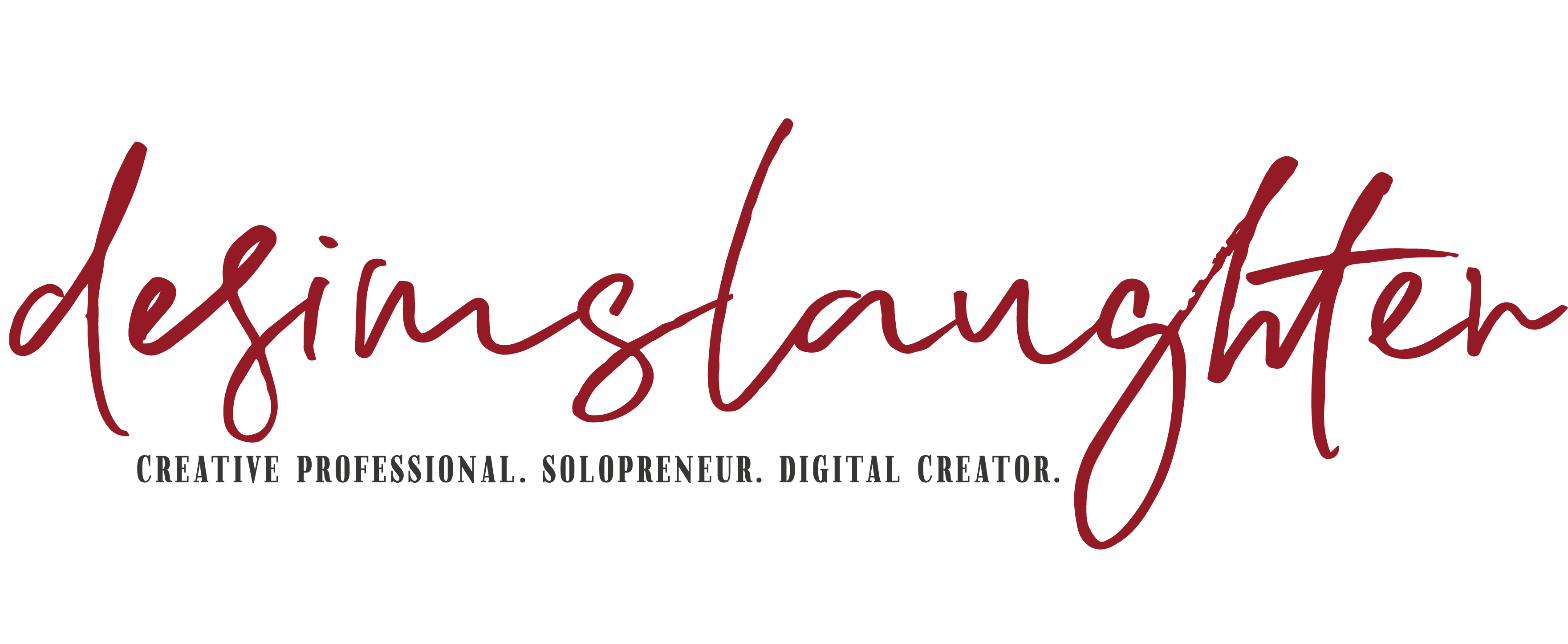Reference: Sydney Parkinson’s “Portrait of a Māori”

When looking at Māori art, the one thing that stuck out most in Sydney Parkinson’s “Portrait of a Māori”, amongst everything else was the extraordinary tattooing (Tā Moko) on the face of the chief. Māori is a word that signified “local” or “original”, but the art that is produced by this wonderful group of people was nothing close to ordinary. The Māori are equipped with many other art skills such as their weaving, carvings, weaponry, and townhouses, but their tattooing skill (Tā Moko) best represents the Māori people as a whole and they are visible on the vast majority of the people.
Between the 9th and 13th century AD, a group of Polynesian people, originating from South-East Asia migrated from the area of today’s China, making the long voyage traveling via Taiwan, through the South Pacific, and on to Aotearoa (New Zealand). Dutch navigator Abel Tasman was the first European to encounter the Māori. Four members of his crew were killed in a bloody encounter in 1642. In 1769 British explorer Captain James Cook explored the coast of New Zealand where he established friendly relations with some Māori. By 1800, visits by European ships were relatively frequent. In 1840, the British crown and about 540 Māori rangatiras (chiefs) signed the Treaty of Waitangi. The treaty was designed to ensure the Māori chiefs preserved their rangatiratanga (chieftainship or authority) under British sovereignty. The Treaty of Waitangi also lead to the founding of New Zealand as a nation. Crucially both sides believed this meant different things, a difference in expectations that would lead to war, within just five years of its signing.
The Maori are very creative and have their own style of art. Whether it is in paintings, tattoos on their bodies, or in the carvings they make, they all represent different aspects of their culture. The carvings the Maori make are very important to them. These carvings take a lot of time to make and have many meanings behind them. They make the carvings resemble a famous warrior in the group by including details of the face such as the tattoos.
When Captain Cook and his crew explored the coast of New Zealand, one of his crewmembers, artist Sydney Parkinson, documented aspects of Māori life and art at the time. In his unsigned drawing, a male Māori is shown with facial tattoos (Tā Moko) wearing a headdress with feathers, a comb, and a small human-like carved pendant (heitiki). The tattooing on his face is simple and precise. The closely placed lines all flow together in curves and spirals and seem to outline the definite features of his face.
Major General Horatio Robley was a military man who was also a writer and illustrator. His 1896 book, Moko, or Maori Tattooing is the standard reference for Moko or New Zealand Maori Tattooing.
Moko was unique in that the face was decorated with intricate spirals that were not only tattooed but also incised into the skin to make scars in the form of parallel ridges and grooves. With the exception of slaves and commoners, all men were tattooed on the face and most were also tattooed on other parts of the body. An elegantly tattooed face was a source of pride to the warrior, for it made him fierce in battle and attractive to women.
Women were also tattooed, but not as elaborately as the men. Lips that were outlined and tattooed solid blue was considered beautiful. The chin was also tattooed, and sometimes a few lines or spirals were worn on the cheeks or forehead. One early explorer reported seeing Māori women complete with facial tattooing like that of the men, but this was rare.
Moko designs mainly consisted of a series of traditional components, each of which had a name. Māori chiefs were able to draw their own facial tattoos accurately from memory and used them as signatures.
Horatio G. Robley takes the following excerpt from Moko (or Maori) Tattooing: Captain Cook wrote in 1769: “The marks, in general, are spirals drawn with great nicety and even elegance. One side corresponds with the other. The marks on the body resemble foliage in old chased ornaments, convolutions of filigree work, but in these, they have such a luxury of forms that of a hundred which at first appeared exactly the same no two were formed alike on close examination.”
The mode of tattooing practiced by the Māori was unlike that of any other race, and their artistic designs were arranged so that the skin of the face was often completely covered up to the corners of the eyes, and even over the eyelids; and that the stains, though tending to diminish in brilliancy, were indelible. Tā Moko is as spiritual as it is beautiful. It is not to be traded or copied; it is very personal to the individual that wears it.
Another great source of examples of the precise Māori Tā Moko is their meetinghouses. The reflections of the tradition, spirit, and history could be seen in the carvings and elaborate designs in and around the house. The area in front of the meetinghouse is more important than any part of the entire house. Inside, carvings of figures of ancestors and gods told the story of the tribe and its history. The Māori gather here to morn, celebrate, and discuss family matters, whatever the occasion. In the early 1840s, Raharuhi Rukupo, along with the Ngati Kaipoho hapu of Rongowhakaata and others, built the whare Te Hau ki Turanga at Orakaiapu Pa, Manutuke. Te Hau ki Turanga is the oldest existent meetinghouse in New Zealand and is renowned for the beauty of its carvings. The building was constructed as a memorial to Tamati Waka Mangere, a rangatira and the elder brother of Rukupo. Stokstad describes how the temple was designed to represent the sky god, with significant parts of the inside of the meetinghouse represents things like his ribs, arms, and backbone.
The present Māori population is around 600,000 or 14% of the population, and the Māori live in all parts of New Zealand, but predominately in the North Island where the climate is warmer. Māori culture is a rich and varied one, and includes traditional and contemporary arts. Traditional Māori art such as carving, weaving, kapa haka (group performance), whaikorero (oratory), and moko (tattoo) are practiced throughout the country. Practitioners following in the footsteps of their tipuna (ancestors) replicating the techniques used hundreds of years ago, yet also developing exciting new techniques and art forms. Today Māori culture also includes art, film, television, poetry, theatre, and hip-hop.
The Māori people may not have a written past that we can follow, but things such as carvings and tattoos show that they have a way of preserving their past. It also shows that there is a hierarchy and a form of government amongst the people. These facts tell us that although these may have been less civilized people than the rest of the world, they were disciplined and have the knowledge to keep their tribes together and peaceful. They display all of these concepts through their works of art made to show themselves and the world of the Māori way.


